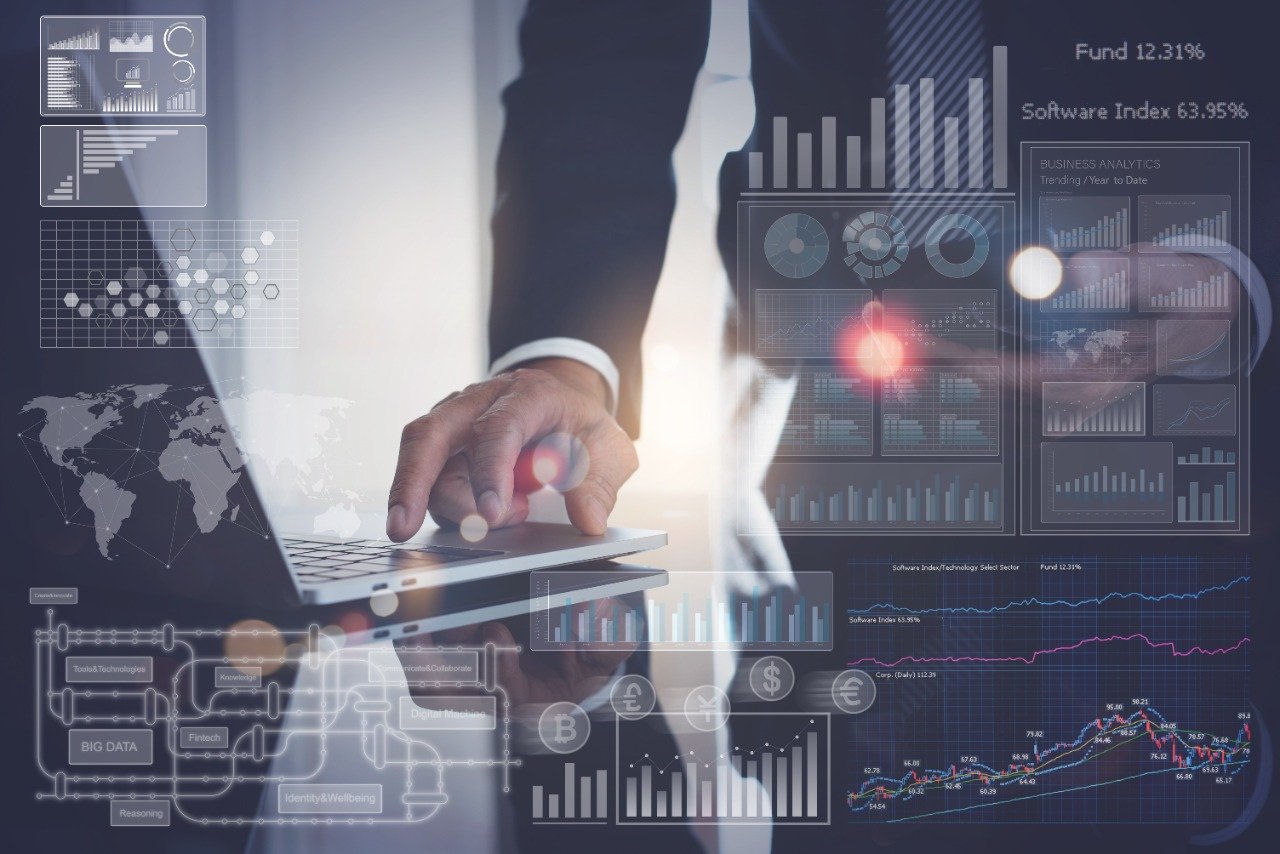The Ultimate Data Analytics Guide: Discover Essential Information, Techniques, and Resources
Data analytics is the systematic computational analysis of data or statistics. It involves examining raw data to draw conclusions, find patterns, and support decision-making. Used across industries—from healthcare and finance to retail and manufacturing—data analytics empowers organizations to make informed, strategic choices.
At its core, data analytics relies on statistical tools, algorithms, and machine learning to turn large amounts of unstructured information into meaningful insights. It helps organizations understand what happened, why it happened, what might happen next, and what action to take.

Data analytics is often divided into four main types:
Descriptive Analytics: What happened?
Diagnostic Analytics: Why did it happen?
Predictive Analytics: What is likely to happen?
Prescriptive Analytics: What action should be taken?
Why Data Analytics Matters Today
Relevance in the Digital Era
In today’s data-driven world, organizations produce massive amounts of data daily—from customer transactions to sensor outputs. Data analytics offers a way to leverage this information for competitive advantage, cost reduction, and improved efficiency.
Who Benefits?
Businesses: Optimize marketing strategies, customer targeting, and operational efficiency.
Healthcare: Improve diagnostics, patient outcomes, and treatment personalization.
Government: Enhance policymaking, resource allocation, and fraud detection.
Education: Track student performance, personalize learning, and improve institutional effectiveness.
Individuals: Make informed career choices, improve health decisions, and monitor personal finances.
Problems Solved
Reducing operational inefficiencies
Enhancing customer satisfaction
Identifying market trends
Detecting fraud and security risks
Supporting real-time decision-making
Latest Trends and Developments
Generative AI Integration
One of the most notable trends in 2024–2025 is the integration of generative AI (e.g., OpenAI, Google Gemini) with traditional analytics platforms. Generative models can now summarize large datasets, visualize trends, and even suggest next-step actions.
Rise of No-Code Analytics Tools
Platforms like Power BI, Tableau, and Google Looker Studio now offer no-code solutions that allow non-technical users to perform advanced data analytics using drag-and-drop interfaces.
Data Privacy and Ethical AI
Following high-profile data breaches in 2023, there’s growing emphasis on ethical use of data and AI. Organizations are investing in responsible AI frameworks and enhancing transparency in algorithmic decisions.
Data Democratization
More companies are promoting a data culture, making data accessible across all departments rather than siloed in IT or data science teams. Tools like Alteryx, Qlik, and Snowflake support this shift.
Legal and Regulatory Environment
Global Regulations
Data analytics is shaped by a range of international regulations:
| Law/Regulation | Region | Key Impact |
|---|---|---|
| GDPR (General Data Protection Regulation) | EU | Requires transparency, user consent, and data minimization |
| CCPA (California Consumer Privacy Act) | USA | Grants users control over personal data, mandates opt-outs |
| DPDP Act 2023 (India) | India | Establishes data protection authority, regulates digital consent |
| HIPAA | USA | Governs the use of health data, especially in analytics in healthcare |
Compliance Best Practices
Ensure data anonymization when possible
Implement user consent mechanisms
Maintain audit trails and logs
Regularly review and update data governance policies
Failing to comply with these can result in penalties, lawsuits, or reputational harm.
Essential Tools and Resources
Data Analytics Software
| Tool | Type | Best For |
|---|---|---|
| Microsoft Power BI | Business Intelligence | Interactive dashboards and reports |
| Google Looker Studio | Cloud-Based BI | Marketing and web analytics |
| Tableau | Visualization | User-friendly visuals with AI integration |
| R / Python | Programming Languages | Custom, advanced data modeling |
| Apache Spark | Big Data Framework | Distributed data processing |
Free Learning Platforms
Khan Academy – Basics of statistics and probability
Coursera – Courses from top universities (e.g., “Data Science Specialization” by Johns Hopkins)
edX – Data analytics courses by Harvard, MIT
Google Data Analytics Certificate – Entry-level credential ideal for beginners
Templates and Libraries
Kaggle Datasets – Free open datasets for practice
Pandas / NumPy (Python libraries) – Essential tools for data wrangling
Power BI Community Templates – Ready-to-use dashboard designs
Excel Analytics Templates – Great for initial data modeling
Communities and Forums
Stack Overflow – Developer and data analyst Q&A
Reddit r/datascience – Career advice, tool reviews, trend discussions
LinkedIn Groups – Data Science Central, Analytics Vidhya, Women in Analytics
Frequently Asked Questions (FAQs)
What qualifications are needed to become a data analyst?
You typically need a degree in computer science, statistics, mathematics, or a related field. However, many successful analysts come from non-technical backgrounds and gain skills through online courses, certifications, and hands-on projects.
How is data analytics different from data science?
Data analytics focuses on analyzing existing data to derive insights and improve decision-making. Data science is broader and includes building predictive models, working with machine learning, and designing algorithms.
Is coding necessary for data analytics?
Not always. Tools like Power BI and Tableau allow non-programmers to perform analytics. However, knowing Python, R, or SQL provides more flexibility and control for complex projects.
How do businesses ensure data quality?
By implementing data governance frameworks that include:
Standardized data collection processes
Regular data cleaning
Validation rules
Monitoring and audits
What industries offer the highest demand for data analysts?
Top industries include:
Finance and Banking
Healthcare
E-commerce and Retail
Telecommunications
Manufacturing
Final Thoughts
Data analytics is no longer a luxury but a necessity in the modern information age. It empowers individuals and organizations to make better decisions, anticipate future events, and adapt strategies based on evidence—not guesswork.
Whether you're just starting or advancing your analytics skills, staying updated with tools, regulations, and trends is crucial. As data continues to grow in scale and complexity, the ability to analyze and interpret it will remain a valuable asset in every field.